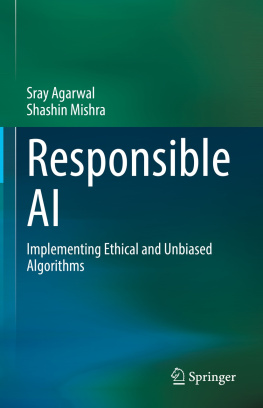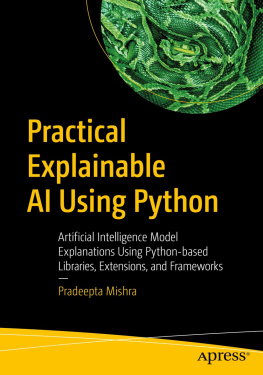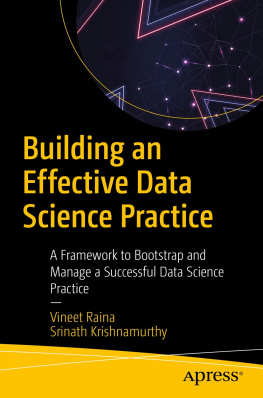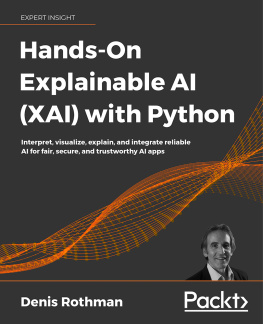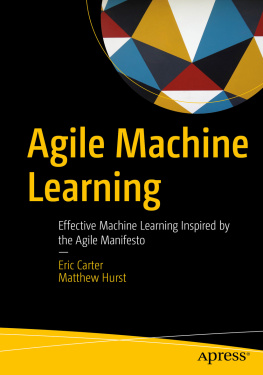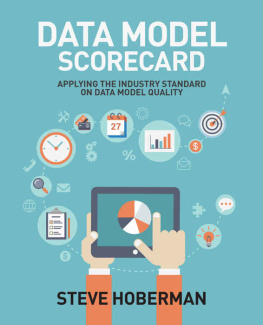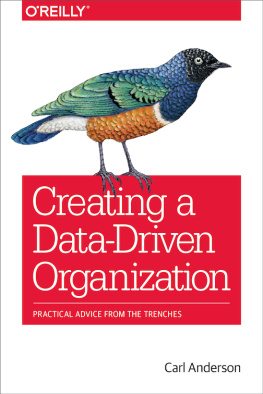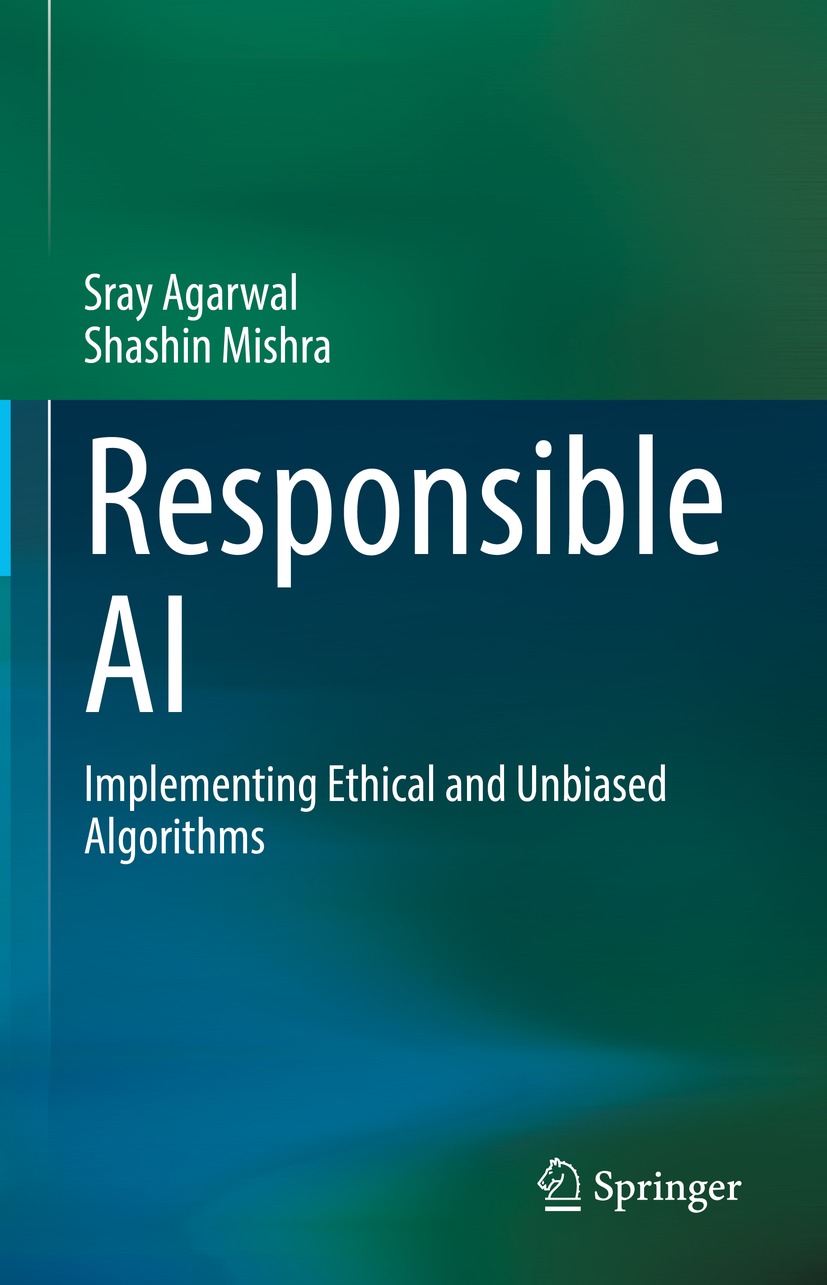Shashin Mishra
London, UK
ISBN 978-3-030-76977-2 e-ISBN 978-3-030-76860-7
https://doi.org/10.1007/978-3-030-76860-7
The Editor(s) (if applicable) and The Author(s), under exclusive license to Springer Nature Switzerland AG 2021
This work is subject to copyright. All rights are solely and exclusively licensed by the Publisher, whether the whole or part of the material is concerned, specifically the rights of translation, reprinting, reuse of illustrations, recitation, broadcasting, reproduction on microfilms or in any other physical way, and transmission or information storage and retrieval, electronic adaptation, computer software, or by similar or dissimilar methodology now known or hereafter developed.
The use of general descriptive names, registered names, trademarks, service marks, etc. in this publication does not imply, even in the absence of a specific statement, that such names are exempt from the relevant protective laws and regulations and therefore free for general use.
The publisher, the authors and the editors are safe to assume that the advice and information in this book are believed to be true and accurate at the date of publication. Neither the publisher nor the authors or the editors give a warranty, expressed or implied, with respect to the material contained herein or for any errors or omissions that may have been made. The publisher remains neutral with regard to jurisdictional claims in published maps and institutional affiliations.
This Springer imprint is published by the registered company Springer Nature Switzerland AG
The registered company address is: Gewerbestrasse 11, 6330 Cham, Switzerland
Foreword
Artificial Intelligence is everywhere. This sentence has become relatively common in our technological societies. Yet it is misleading for many reasons. First, because the access to such technology is uneven at both the international and domestic levels. Some areas of the world are either not equipped with or do not have a correct access to artificial intelligence systems and infrastructures (AIS&I), and in many countries, developed or not, some people do not have access to AIS&I. So technically artificial intelligence (AI) is not everywhere.
Second, to state firmly that AI is everywhere, request first and foremost a clear definition of AI. Short of it, AI is just a phrase, a notion, an idea translated into a narrative. This point is certainly the most pressing issue we are facing with AI. Like a new deity, AI exists only through the assertion of its existence. It is there without being; therefore, paradoxically, we talk about it, have an opinion on it, but are unable to define it, or at least agree on a unique definition.
Thus, the fuzziness of the notion has opened the doors to all kind of phantasms. For some, it appears as an existential threat that needs to be strictly controlled or even stopped. For others, it carries the promise of significant progress that would benefit humanity. Anyhow, and whatever the stance, AI is referred to as if it has its own existence outside of any strict explanation.
There are many available definitions of AI. None of them is perfect. None of them has reached a consensus. From Alan Turing or John MacCarthys definitions of AI as thinking machines to Marvin Minsky writing that AI is the science of making machines do things that would require intelligence if done by men, encompassing high-level mental processes such as: perceptual learning, memory and critical thinking, to more recent definitions provided by private or public organizations, it seems that artificial intelligence basically refers to systems that, thanks to algorithms, are able to mimic some human brain abilities such as learning, reasoning, planning, problem-solving or identifying patterns.
The problem here is that all these definitions are themselves made of words that can be attributed different meanings. As the French linguist Ferdinand de Saussure demonstrated it, there is a huge difference between the signified, the word as we hear or read it, and the signifier, the meaning we assign it, that together constitute a sign, namely a word. Language cannot then be understood outside of its social environment. Consequently, each and every word we use when we talk about AI can be subject to several definitions which in turn would shape in different ways our perceptions on the subject. As Ludwig Wittgenstein asserted it in his Tractatus Logico-Philosophicus,[t]he limits of my language mean the limits of my world.
Thus, even before trying to take a stance on the risks and benefits of AI, or on the way to control it, we should ask ourselves how can we define artificial? What does intelligence refer to precisely? And eventually, what these two words stuck together mean? Obviously, definitions of intelligence and artificial are to be found in thesaurus. But, when it comes to technologies that could have a huge impact on humanity, thesaurus is not enough. And then philosophical questions arise. Looking at artificial in the Merriam-Webster thesaurus we can read that artificial means humanly contrived often on a natural model. But what does humanly mean exactly? How can we define human? Is there any consensus on the way human is defined?
What about intelligence? Who can pretend knowing what intelligence is? Are we talking about emotional or situational intelligence? Is intelligence the mere collection and processing of data? Is it understanding, learning, reasoning, planning, problem-solving ? In AI does intelligence refer to several or all of its naturalist, spatial, musical, bodily-kinesthetic, logical-mathematical, interpersonal, intra-personal, or linguistic dimensions identified by Howard Gardner? One could even ask whether intelligence, natural or not, exists.
Without any clear and common signifier all the words we are using in the field of AI can be understood in very extensive ways, and consequently to various interpretations, perceptions and behaviours. For constructivists, language is the key vehicle for ideas and meanings. It contributes to the shaping of our perceptions, our thoughts, our definition of things, and eventually the way we act. At the end of the day, depending on how one understands intelligence, AI can either represent a threat or a benefit. In his excellent book AI Ethics, Belgian philosopher of technology Mark Coeckelbergh relevantly reminds us that our evaluation of AI seems to depend on what we think AI is and can become.
Then words must be used with the utmost precaution to avoid sending wrong messages or opening the door to multiple interpretations. Words can be weapons, and language can be a tyranny. Our tendency to use words and narrative without thorough preliminary reflection can lead to ideological perspectives and the polarization of stances instead of fostering a constructive debate. In their book, Shashin Mishra and Sray Agarwal are well aware of that risk. When they address the question of what they call Privileged/unprivileged classes, they relevantly clarify that a privileged class for one example may be unprivileged class for another and that consequently, [b]y transferring our understanding of privileged class from one problem to another we may end up compounding the bias and not actually reduce it. I would even add that we may even make the bias worse.

